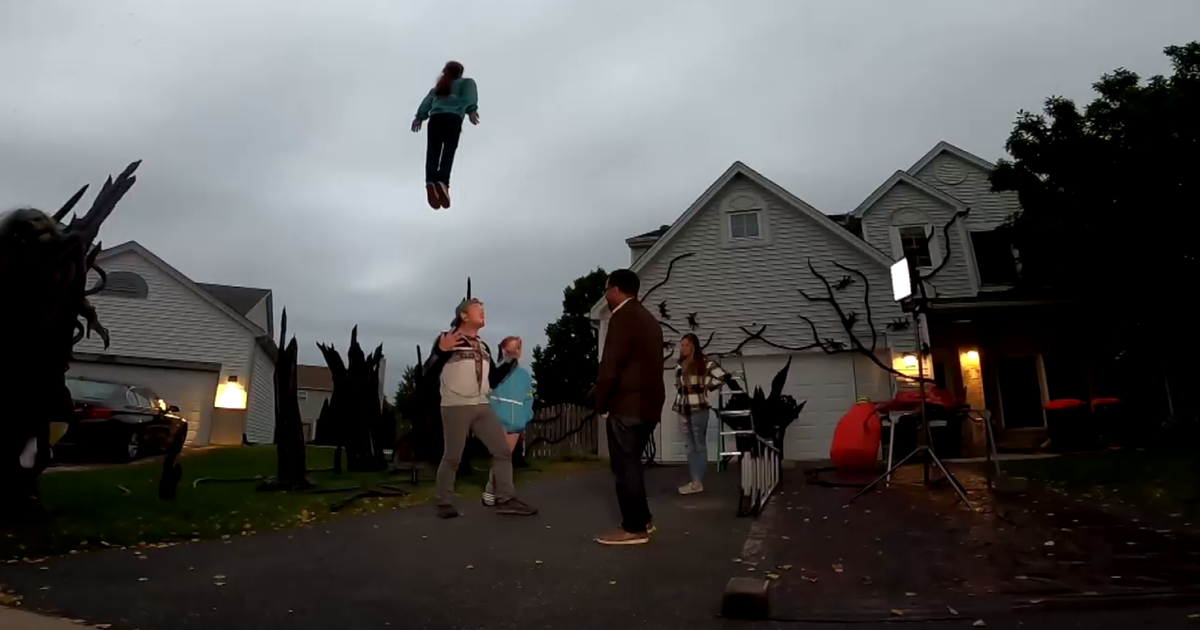A new disease that’s killing off more than 90{f32667846e1257729eaaee80e922ba34a93c6414e9ad6261aff566c043b9e75d} of some coral species has made its first incursion into the rainbow-hued seascapes covering the Gulf of Mexico’s largest and most-treasured coral sanctuary.
Scientists working this month in Flower Garden Banks National Marine Sanctuary off the coasts of Louisiana and Texas have spotted corals with the telltale white lesions associated with stony coral tissue loss disease.
Michelle Johnston, a sanctuary ecologist, raced to get the word out.
“Literally, at 3:30 in the morning I’m holding my 3-year-old and I’m texting ‘I’ve got bad news,’” Johnston said. While the disease hasn’t been confirmed, Johnston said all coral experts she’s consulted are “90{f32667846e1257729eaaee80e922ba34a93c6414e9ad6261aff566c043b9e75d} sure” the New Orleans-sized sanctuary is now infected.
About 100 miles from the Louisiana-Texas line, Flower Garden Banks includes the northernmost coral reefs in the continental United States and is one of the few places in the Gulf that’s off limits to commercial fishing and oil and gas exploration.
Its plentiful but fragile corals, which grow in myriad shapes and sizes, are a haven for a wide range of marine life, including manta rays, dolphins, endangered sea turtles, and a variety of fish, from the vibrantly colored ones found only among corals to commercially important species like grouper and snapper.
The disease’s appearance comes at a high point for Flower Garden Banks, which nearly tripled in size last year, growing from 56 to 160 square miles. This year marks 30 years since the sanctuary was founded in 1992.
While Flower Garden Banks’ infected areas were limited this week to small patches, hundreds of coral colonies have begun to lose their color and showed early signs of tissue disintegration.
First discovered in Florida in 2014, the disease has already brought North America’s only barrier reef, which stretches for 350 miles in south Florida, to the brink of ecological collapse. The water-borne pathogen quickly spread across the Caribbean Sea and by 2018 had reached the Mesoamerican Reef along the coasts of Mexico and Belize, where it managed to rampage across 280 miles in only a few months.
A recent study by Mexican scientists found “unprecedented” mortality rates of up to 94{f32667846e1257729eaaee80e922ba34a93c6414e9ad6261aff566c043b9e75d} among 21 coral species.
“This emergent disease is likely to become the most lethal disturbance ever recorded in the Caribbean,” biologist Lorenzo Alvarez-Filip wrote in the study, published in the journal Communications Biology.
Not much is known about the disease. Scientists are still debating whether it’s viral, bacterial or a potent mix of the two. Climate change is likely a key ally. Warming ocean waters weaken coral defenses while amping up relatively docile marine diseases. Worsening the situation are pollution, fishing and other human activities, which tend to coincide with sicker corals, according to Alvarez-Filip.
There was some hope the disease would stay out of Flower Garden Banks.
“I think we were a little bit in denial (about the disease), and not expecting to see this because the sanctuary’s isolated,” Johnston said.
Sanctuary divers first found brain and star corals with stony coral disease symptoms during a routine research cruise that ended Sept. 2. No coral illnesses were observed during a similar mission in the same area just a week earlier, indicating the disease’s appearance was likely very recent.
Last week, Johnston presented her findings during a meeting of sanctuary managers and scientists. One biologist broke down in tears.
“I don’t want anybody buying into despair,” Johnston said at the meeting. “Other places didn’t have a plan and they lost time. That’s not the case with this.”
The sanctuary created a plan for responding to the disease last year.
With guidance and training from Florida Atlantic University’s Harbor Branch Oceanographic Institute, sanctuary staff are mounting what’s essentially a medical response effort for the corals. The work is painstaking, involving divers applying antibiotic treatments by hand to individual corals. It’s also expensive, with each trip offshore costing about $900.
The sanctuary can’t easily tap into federal emergency funds that are typically for oil spills or other human-caused disasters.
“There’s no one to blame so we can’t get that type of emergency response,” Johnston said.
The sanctuary may enlist volunteer divers to assist in the treatments.
While Johnston is optimistic about curbing the spread of the disease before it gets a foothold in the sanctuary, effective treatments of wildlife diseases are rare, NOAA scientists say. Chronic wasting disease in deer, white nose syndrome in bats and the avian flu are a few examples of outbreaks that have spread mostly unchecked through wild populations, despite large-scale efforts to fight them.
As an added precaution, small colonies of highly susceptible coral species are being collected and sent to Moody Gardens Aquarium in Galveston, Texas, which is functioning as a sort of ark for the region’s imperiled corals. Kept in tanks and given daily care, the coral and their descendants could one day be used to repopulate areas decimated by the disease.
The federal government has approved new protections for 500 square miles of deep-sea coral habitat in the Gulf of Mexico.
One’s a softball-sized gastropod that can wipe out rice fields, crawfish ponds
The colorless, odorless gas has far greater heat-trapping potential than carbon dioxide. Curbing the untold number of small leaks could have a big impact on climate change.




